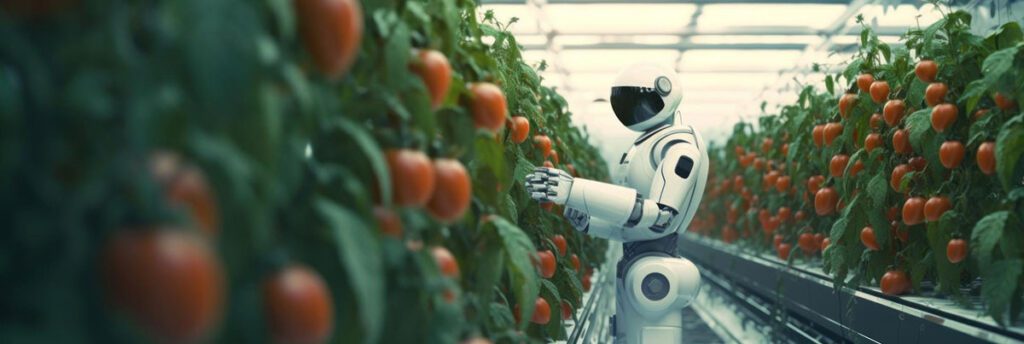
Artificial intelligence (AI) training datasets need to be prepared for agriculture to automate processes and enhance transparency through computer vision. Image annotation plays a vital role here by labeling images in a machine-readable manner by highlighting key features, and entities and offering different keywords. Image annotation assists in the automation and enhancement of tasks including fructification detection, livestock inventory, weed detection, soil monitoring, and crop health monitoring. It is also necessary for producing datasets that can be used by computer vision models in the real world. The annotation and tagging of photos with suitable labels and keywords lead to further categorization.
AI plays a key role in agriculture by enhancing output, limiting wastage and enhancing productivity. Data analysis obtained from different sources enables farmers to make data-driven decisions resulting in lesser resource utilization and environmental impact. AI has played a significant role by impacting harvesting, ripping, health monitoring, and increasing crop yield. It aids farmers in using their personal expertise to check crop yields, spot diseases and anticipate natural disasters.
Eight ways AI boosts efficiency and productivity in agriculture
1. Market demand analysis: This is a critical part of modern agriculture as it assists farmers in choosing the best crop to grow and sell. Using AI, the farmers can evaluate market demand. Machine learning algorithms are used for analyzing satellite images and weather data. These offer insights on the best times to plant and grow crops. And also which crops should be grown by farmers to maximize their profits.
2. Risk management: AI enables forecasting and predictive analysis to assist farmers in minimizing crop failure risk. It helps in analyzing fruits and vegetables and offers insights regarding quality, ripeness, and size. It also helps in detection of defects and diseases in crops for farmers to take preventive measures prior to the crops getting impacted.
3. Cross-breeding seeds: AI utilizes data on plant growth to produce crops that are less disease-prone and can better adapt to weather conditions. AI hastens the process of assisting scientists in identifying the best plant breed so that it can be crossbred to create better hybrid varieties.
4. Soil health monitoring: AI carries out an analysis of the soil to accurately estimate the missing nutrients as well as the overall status of the soil. It enables farmers to adjust their fertilizer and irrigation practices so that the crops grow optimally and limit their impact on the environment. AI also offers customized recommendations for managing soil and maintaining soil health in the longer term.
5. Crop protection: AI can be used for monitoring the health of plants with the aim of spotting and predicting diseases, identifying and removing weeds and recommending favorable pest treatment options. Computer vision and machine learning are used for analyzing high-resolution images of crops offering plant insights for identifying signs of stress or disease accurately.
6. Studying crop maturity: The use of AI-based hardware like sensors and image recognition tools enables the detection and tracking of crop changes by farmers. This further assists in obtaining accurate predictions regarding crops reaching optimum maturity. The use of AI for predicting crop maturity is far more accurate than human observation. This results in greater accuracy, major cost savings, and increased profits for farmers.
7. Intelligent spraying: AI-powered systems assist in automating weed detection or pest control. Computer vision is very precise as it results in 90 percent dip in pesticide usage. Data analytics is in turn used for estimating the quantity of pesticide required for each field based on the data regarding its history, soil status or crop type.
8. Chatbots: They act as a medium between the farmers and their respective customers or distributors. Farmers utilize them for answering questions relating to products or services offered by them, ordering supplies as well as checking inventory levels. Chatbots utilize natural language processing and machine learning algorithms for comprehending farmers’ questions and offering real-time insights about weather, market prices, etc.
Hence, agricultural systems need to be optimized for the success of the human society. Advanced technological solutions are required as traditional methods are becoming obsolete. Globally, there has been a tremendous impact of automation on industries. There is certainly a huge and transformational impact of digital technology on Agriculture as conveyed in the blog above.
